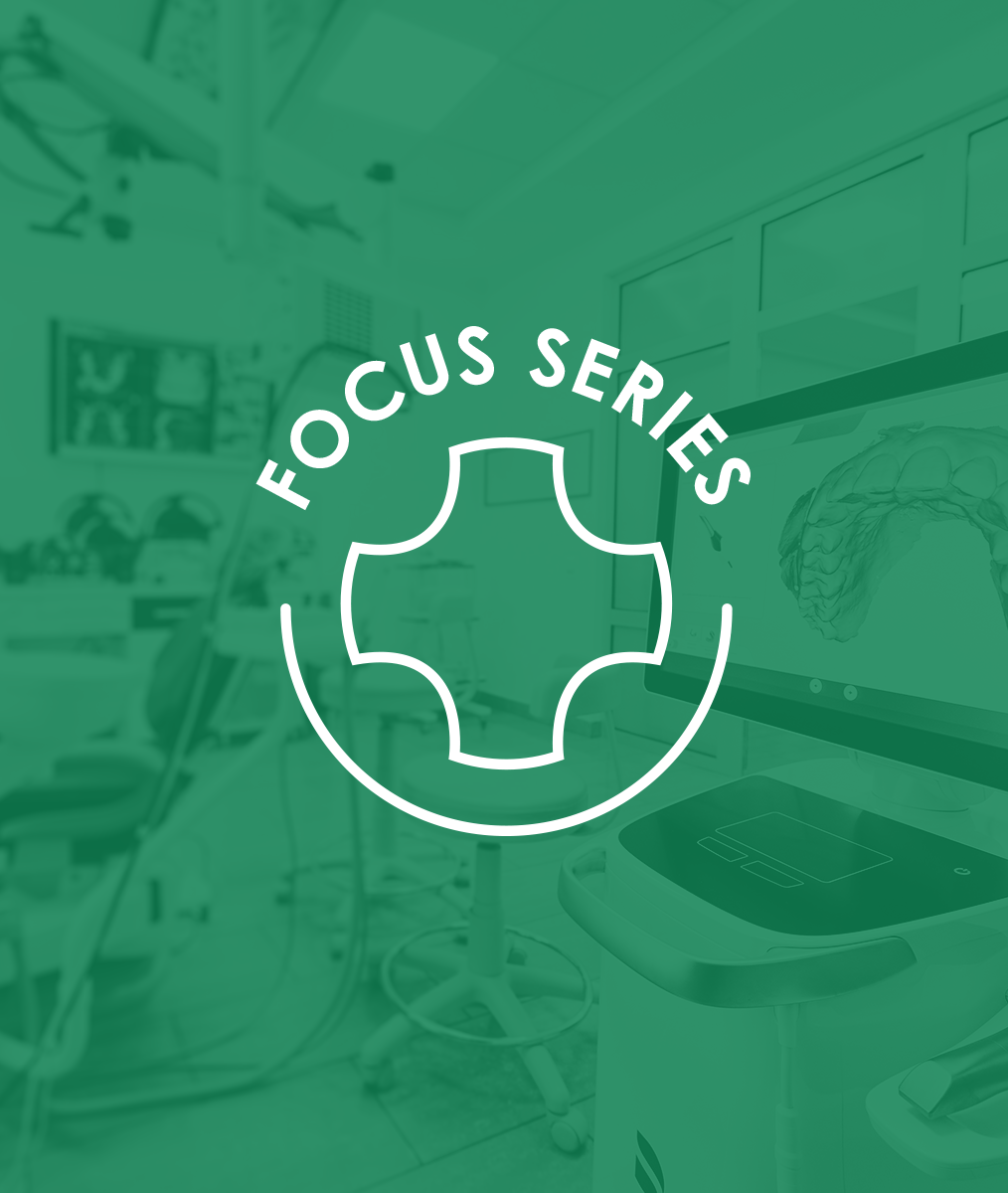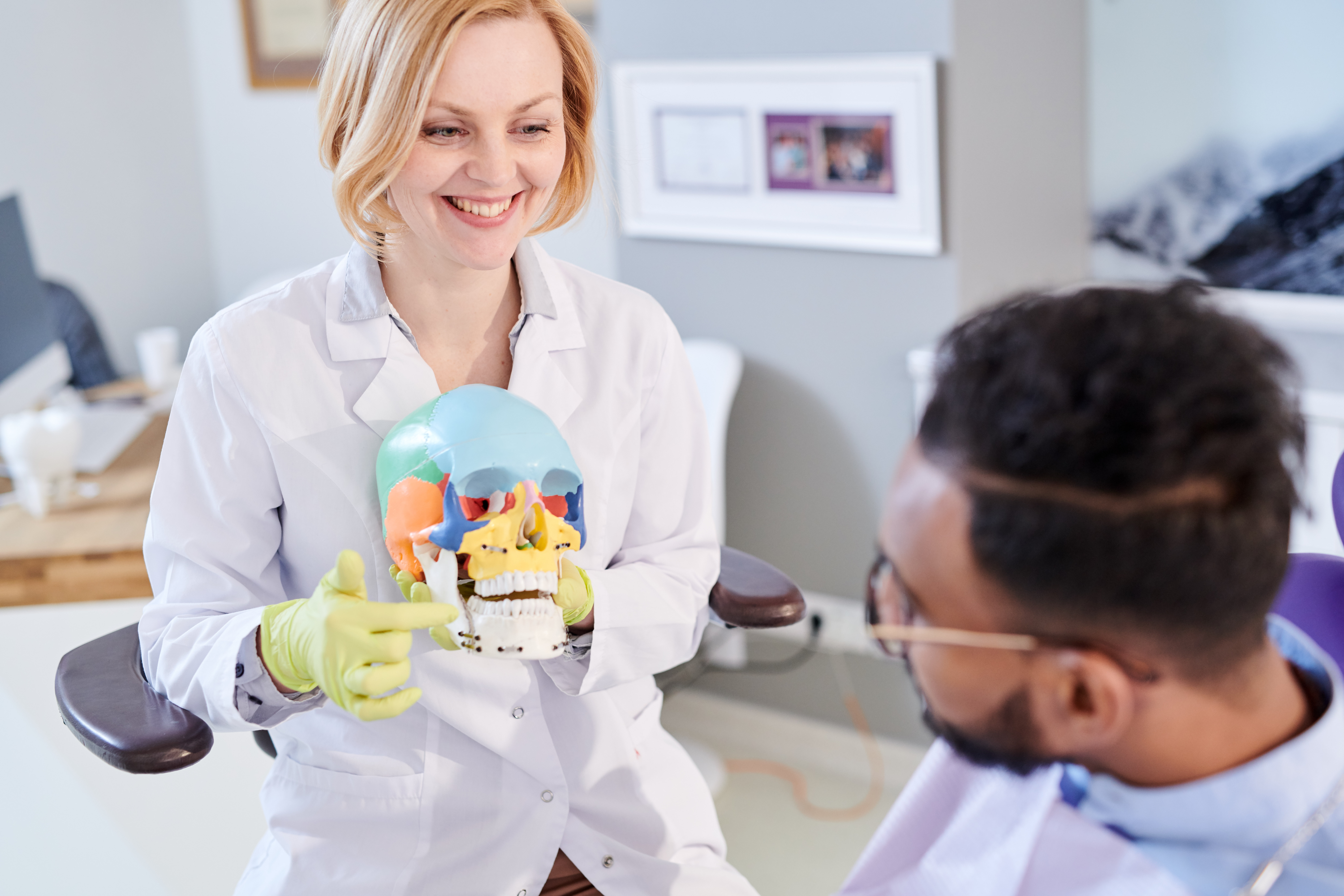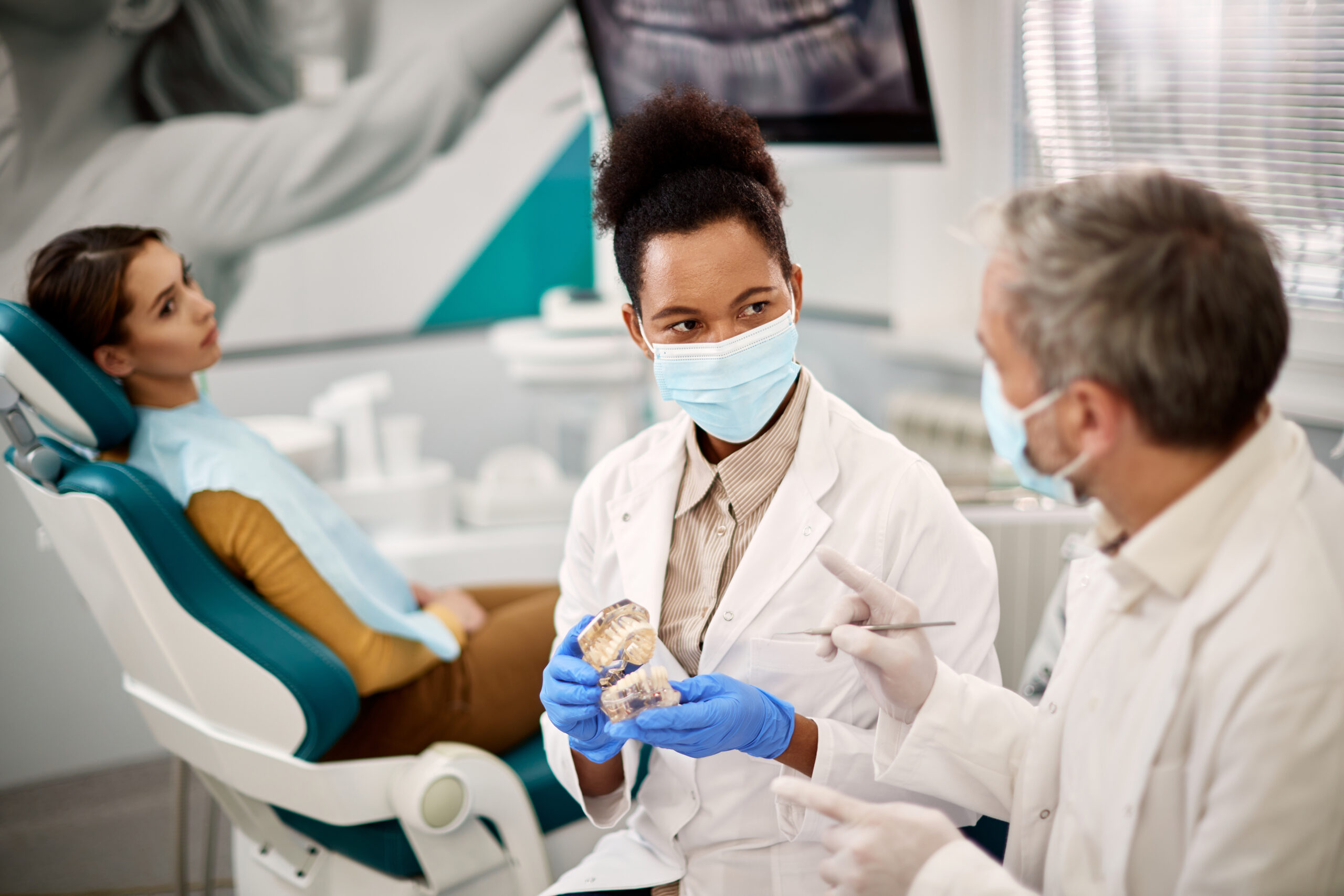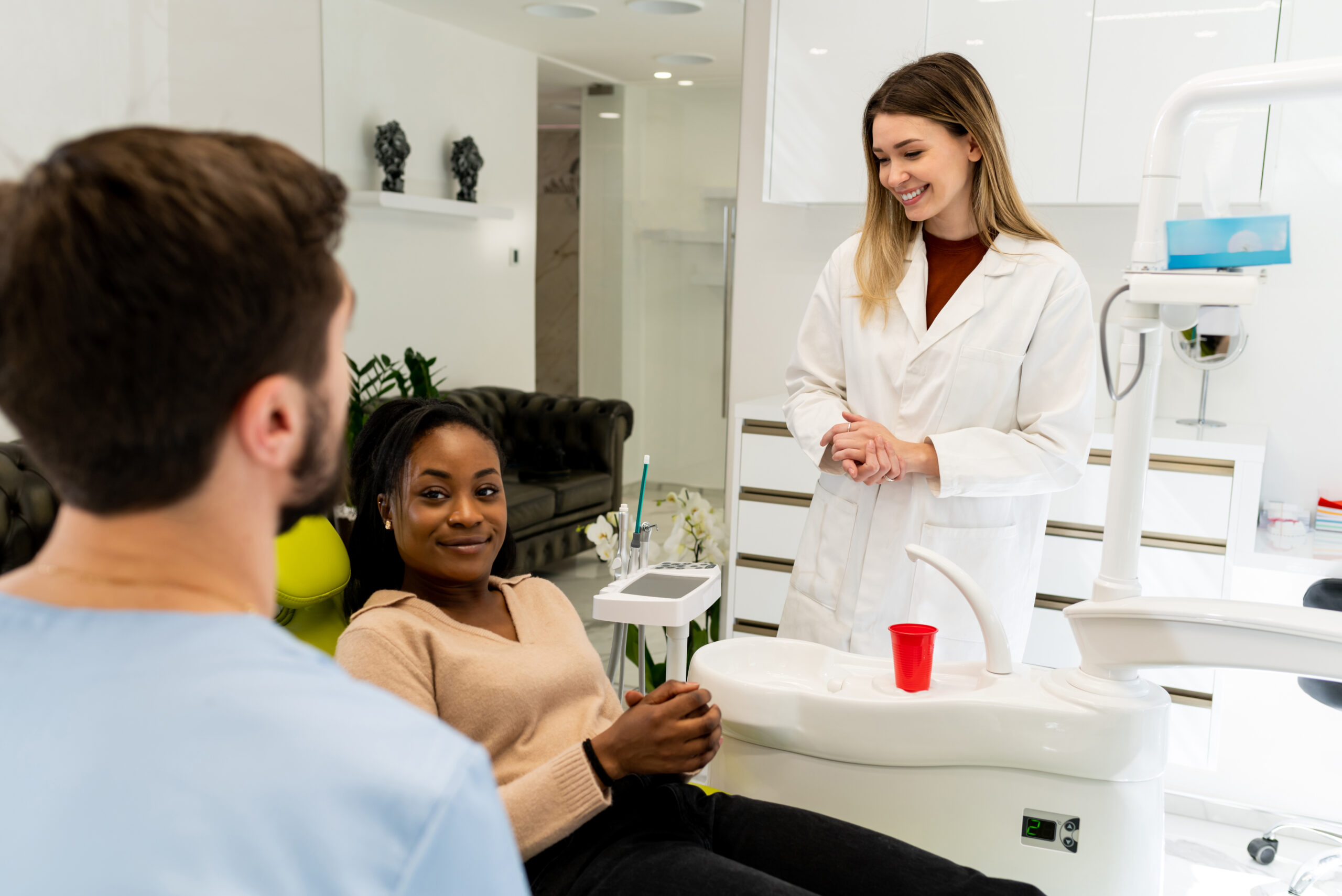Transitions Benefit from Intentional Leadership
By Edwin A. McDonald, DDS
Case Study 1
Early in my practice I was introduced to a periodontist in Dallas. We began a close working relationship for many years. He was a great mentor to me. His work was superb, and his patients had great experiences. He got to know our patients so well he could guide them to the best treatment decisions.
One day we met, and he told me that he was retiring. I told him that he couldn’t do that to me! His response was that he had found the perfect person to partner and transition with. He had.
The most important thing that happened was my mentor took the time and made the effort to communicate with me about what was happening. It made me realize that I was important and significant in all of this. The incoming periodontist, Ron, was a young version of his predecessor with the same meticulous surgical technique, superb results, and great patient experiences. In fact, in many ways he became better.
Years later, Ron’s office is in the same location, just beautifully remodeled and updated. The hygienists remained for many years as did most patients and almost all referral sources. Ron has been extraordinarily successful. That makes me happy. He makes me a better dentist.
In this case, the two periodontists were philosophically aligned, clinically similar, consistent in their judgement, and had great ability to build high trust relationships. Those four components created a powerful foundation to move smoothly from the past to a great future.
Case Study 2
Unlike the first case study, most transitions have gaps between the old and the new. In addition, often the existing practice needs an infusion of energy, a new and expanded mindset, and a more powerful vision to move toward what is possible.
I have a friend that bought a very traditional relationship-based practice with tons of potential. He is different than his predecessor in his management style, approach to relationships, and desire to grow his practice. He has more than doubled it in just a few years. He also has had a complete turnover in the team. In this case, he needed a team that fit how he wanted to practice. He hired individuals who were prepared to embrace a new approach to practice.
My friend needed to become a more effective leader of his team and develop a deeper understanding of how important they are to his current and future success. That meant investing more time and energy into getting to know everyone, communicating his career goals and learning about their career goals as they together cast a vision of the future …a worthy destination that honored the past as it created an abundant future. That meant leaving behind some beliefs, assumptions, and patterns of thinking as he matured and as they matured.
“All of the stakeholders around a practice transition will embrace the change if they see the incoming dentist and new team members living the values that have kept them connected to the practice for many years, there is clear and frequent communication, there are genuine efforts at building trust, and there is an expressed understanding of what is mutually beneficial to all parties.”
–Dr. Edwin A. McDonald (LineofSightCoaching.com)
Related Course
Integrative Dental Medicine: Creating Healthier Patients & Practices
DATE: June 27 2025 @ 8:00 am - June 28 2025 @ 4:00 pmLocation: The Pankey Institute
CE HOURS: 16
Regular Tuition: $ 2995
Single Occupancy with Ensuite Private Bath (per night): $ 345
We face a severe health crisis, that is a much larger pandemic than Covid-19! Our western lifestyle affects periodontal & periapical oral disease, vascular disease, breathing disordered sleep, GERD, dental…
Learn More>



















